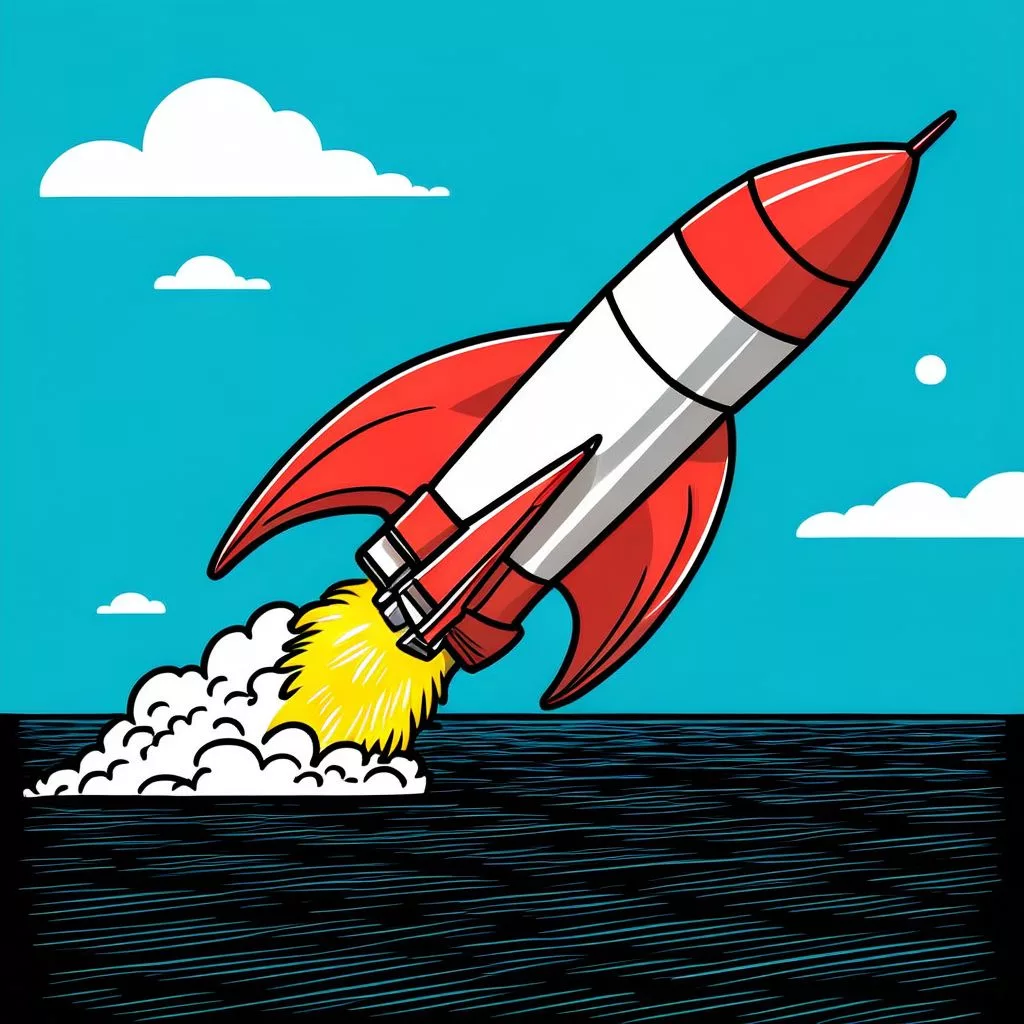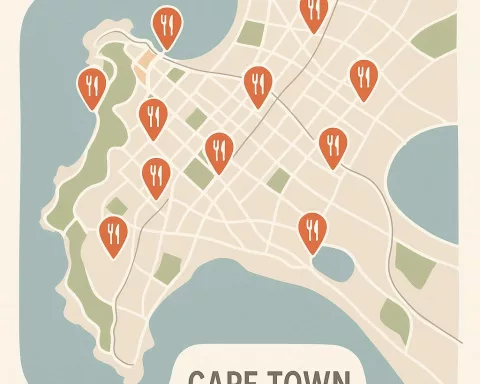NASA’s SpaceX Crew-9 mission was an exciting adventure in space! The crew spent months conducting over 150 experiments, including groundbreaking research on plant growth and stem cells. Suni Williams made history with her record-setting 62 hours of spacewalking, showcasing the amazing teamwork of astronauts from different countries. Their successful return to Earth in the Dragon spacecraft marked a big step in exploring the wonders of space and working together for a brighter future.
What were the key achievements of NASA’s SpaceX Crew-9 mission?
NASA’s SpaceX Crew-9 mission achieved significant milestones, including over 150 scientific experiments and over 900 hours dedicated to research. Notably, Suni Williams set a record for female astronauts with 62 hours of spacewalking, demonstrating advancements in scientific exploration and international collaboration in space travel.
A Successful Splashdown and Milestone
NASA’s SpaceX Crew-9 triumphantly splashed down in the Gulf of Mexico, marking the end of a mission centered on significant scientific exploration aboard the International Space Station (ISS). This mission, highlighted by Cape {town} Etc, featured a diverse team of astronauts and cosmonauts: NASA’s Nick Hague, Suni Williams, and Butch Wilmore, along with Roscosmos’ Aleksandr Gorbunov. Their return to Earth aboard the SpaceX Dragon spacecraft on a bright Tuesday afternoon represented a landmark achievement in modern space exploration.
NASA’s acting Administrator, Janet Petro, expressed her joy at the crew’s safe return. She emphasized the agency’s dedicated efforts, accelerated by the Trump Administration, which advanced the mission timeline by a month. Petro stated, “We are thrilled to have Suni, Butch, Nick, and Aleksandr home after their months-long mission conducting vital science, technology demonstrations, and maintenance aboard the International Space Station.” Her words underscored the international collaboration and unyielding commitment essential for this endeavor.
The Launch and Journey
Nick Hague and Aleksandr Gorbunov began their space journey on September 28, 2024, lifting off at 1:17 p.m. from Cape Canaveral Space Force Station aboard a SpaceX Falcon 9 rocket. Their vessel successfully docked with the ISS the following day. Meanwhile, Suni Williams and Butch Wilmore embarked on their mission aboard Boeing’s Starliner spacecraft, launching on June 5, 2024. This use of different spacecraft systems highlighted the dynamic advancements in space exploration technology and international cooperation.
The Crew-9 mission stood as a testament to human endurance and technological achievement. Williams and Wilmore spent a remarkable 286 days in orbit, while Hague and Gorbunov completed 171 days in space. Williams set a new record for female astronauts with a total of 62 hours and 6 minutes of spacewalking. Their time aboard the ISS included not just extended durations but also significant scientific and technological milestones.
Scientific Research and Technological Innovations
A critical area of research during the mission was examining the effects of microgravity on plant growth. This study is vital for long-duration space travel, where sustainable food production becomes essential. In another pioneering endeavor, the crew explored stem cell technologies with the potential to combat severe health issues. These experiments could revolutionize medical treatments both on Earth and in space. Additionally, the astronauts tested innovative lighting systems designed to help regulate their circadian rhythms, enhancing mental and physical health during extended missions.
One of the mission’s unique experiments involved deploying the first wooden satellite. This initiative aimed to assess the feasibility of using sustainable materials in satellite construction. The success of this experiment could lead to greener space technologies, aligning with broader environmental goals.
The Role of the Dragon Spacecraft
The Dragon spacecraft, aptly named Freedom, played a pivotal role in these accomplishments. This mission marked its fourth journey, having supported previous missions such as NASA’s SpaceX Crew-4 and Axiom Mission 2. Post-mission, the spacecraft will head to SpaceX’s refurbishing facility in Florida for a thorough inspection and analysis, preparing it for future missions. This process of reuse and refurbishment highlights significant advancements in making space travel more sustainable and cost-effective.
Crew-9’s achievements align seamlessly with NASA’s overarching objectives within its Commercial Crew Program. This program promotes the development of safe, reliable, and cost-effective transportation to low Earth orbit and the ISS. Enhancing research opportunities in low Earth orbit is crucial for preparing for future human exploration of the Moon and Mars.
Mission Highlights and Achievements
During their time on the ISS, the Crew-9 team conducted over 150 unique scientific experiments, dedicating more than 900 hours to various research areas. These experiments ranged from studying plant growth in microgravity to exploring the potential of stem cell technology in treating various diseases. Each experiment contributed valuable data, pushing the boundaries of scientific knowledge and technological capabilities.
Williams and Wilmore traveled an astounding 121,347,491 miles, completing 4,576 orbits around Earth. In contrast, Hague and Gorbunov covered 72,553,920 miles, with 2,736 orbits completed. While these figures are impressive, the real impact lies in the scientific advancements and technological innovations achieved during their mission.
The Crew-9 mission exemplified the spirit of international collaboration and human ingenuity. Despite geopolitical differences, the astronauts and cosmonaut demonstrated that the quest for knowledge and the drive to push human boundaries can unite nations. Their journey, filled with rigorous scientific research and technological experimentation, underscores the importance of space exploration in advancing human understanding and capability.
Reflections on the Mission
Reflecting on their return, one cannot help but admire the intricate interplay of technology, science, and human spirit that defines modern space travel. The Crew-9 mission stands as a testament to what humanity can achieve when we look beyond our differences and work together toward a common goal. Each experiment, each mile traveled, and each hour spent in space brings us one step closer to unraveling the mysteries of the cosmos and our place within it.
In conclusion, the Crew-9 mission not only advanced scientific and technological frontiers but also embodied the collaborative spirit that is essential for future explorations. As we continue to push the boundaries of space travel, missions like Crew-9 serve as a beacon of what is possible when nations come together for a shared purpose.
FAQ about NASA’s SpaceX Crew-9 Mission
What were the key achievements of NASA’s SpaceX Crew-9 mission?
NASA’s SpaceX Crew-9 mission achieved significant milestones, including conducting over 150 scientific experiments and accumulating over 900 hours dedicated to research. Notably, astronaut Suni Williams set a record for female astronauts with 62 hours of spacewalking, showcasing advancements in scientific exploration and international collaboration in space travel.
How did the Crew-9 mission contribute to scientific research?
The Crew-9 mission focused on critical research areas such as plant growth in microgravity and stem cell technologies that could lead to revolutionary medical treatments. The astronauts also tested innovative lighting systems to regulate circadian rhythms, which is essential for mental and physical health during long-duration missions.
What was the significance of the Dragon spacecraft in the mission?
The Dragon spacecraft, named Freedom, played a pivotal role during the Crew-9 mission as it facilitated the crew’s return to Earth. This was its fourth journey, showcasing SpaceX’s advancements in reusable spacecraft technology, which helps make space travel more sustainable and cost-effective.
What were some of the unique experiments conducted during the Crew-9 mission?
One of the standout experiments involved deploying the first wooden satellite to assess the feasibility of using sustainable materials in satellite construction. This initiative aligns with environmental goals and could lead to greener technologies in space exploration. Other experiments focused on the effects of microgravity on plant growth and stem cell research.
How did the mission reflect international collaboration in space exploration?
The Crew-9 mission featured a diverse team of astronauts and cosmonauts from NASA and Roscosmos, including Nick Hague, Suni Williams, Butch Wilmore, and Aleksandr Gorbunov. Their successful collaboration underscores the importance of international partnerships in advancing space exploration, demonstrating that the pursuit of knowledge can unite nations despite geopolitical differences.
What are the broader implications of the Crew-9 mission for future space exploration?
The achievements of the Crew-9 mission align with NASA’s Commercial Crew Program, which aims to develop safe, reliable, and cost-effective transportation to low Earth orbit and the International Space Station. The extensive research conducted during this mission is crucial for preparing for future human exploration of the Moon and Mars, paving the way for longer missions with sustainable living conditions.










